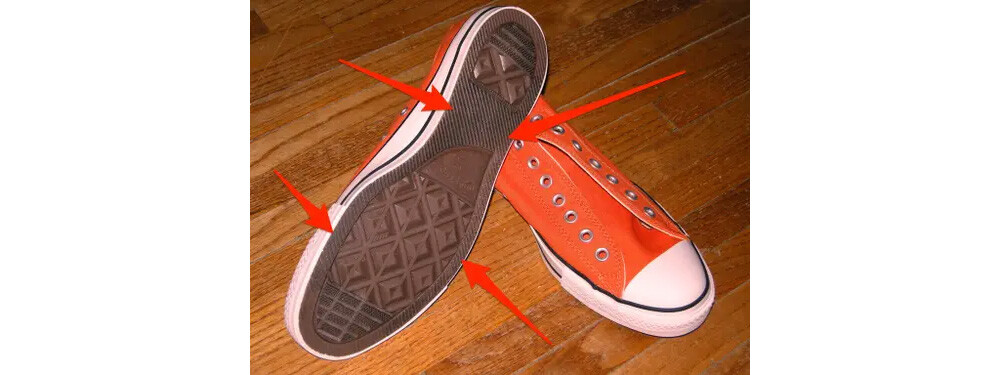You should avoid paying taxes whenever you can. That’s your right as a taxpayer. In fact, you might go further than that. You might flatly refuse to pay taxes. You might arm yourself with a bow and rob tax collectors, to return their ill-gotten gains to their original owners. You might sail to an island and declare it the Nation of Me, where you’ll be free, free to not pay taxes. Eventually, the authorities will apprehend you, or you’ll fall to your own folly. People will use your story as a cautionary tale.
Or maybe you’ll start a trend that will resonate through history, long after everyone’s forgotten exactly what motivated it.
Docking Dogs’ Tails
Docking is the process by which you chop off a dog’s tail. It’s just a mean thing to do. Dogs love their tails. As evidence, consider how dogs with tails are often seen happily wagging their tails, while dogs without tails never wag their tails at all.
Okay, we guess the case against docking isn’t quite ironclad, and the process may involve merely shortening the tail rather than removing it, but some vets insist it is painful and offers no advantages. A fair number of countries outright ban the practice. Chopping off the balls offers a lot of advantages, say vets, but chopping at the tail does not. Still, a long tradition exists of docking dogs for cosmetic reasons.
Elf/Wiki Commons
An even longer tradition exists of docking the tails of working dogs for safety reasons. If you cut the tail of a dog that herds animals in a field, you reduce the chance that they’ll injure their tail out there. And so, a docked dog became synonymous with a working dog. For that reason, back in the 18th century, England taxed you for a dog with a tail but not for one without. The dog without a tail was part of your business.
Everyone looking to skip on taxes now did the logical thing and cut off their dogs’ tails, whether the dogs needed it or not. As such, docking became standard and fashionable. People in the centuries that followed took to docking their dogs’ tails just because they now believed it looks better, which is insane. The longer the tail, the better — ask any dog, and they’ll confirm this.
The Size of Bricks
Also in the 18th century, American colonists waged a Revolutionary War, and this had a lasting impact on architecture. It also led to the formation of the United States, but mainly, it changed architecture. To refill the crown’s coffers following the war, King George issued a new tax on bricks and tiles. Taxes had got him into this mess, and taxes would bring him out of it.
The tax was two-and-a-half shillings on every thousand bricks. Builders quickly realized that they could save on taxes by using fewer bricks, and they could accomplish this by making each brick bigger. The tax lasted till 1850, and you can now guess when a British building was constructed based on whether it contains a bunch of oversized bricks.

That’s not the only example of everyone screwing with their buildings to get around property taxes. Buildings in Amsterdam are narrow, and you’ll hear locals say this was to circumvent a tax on buildings’ widths — but this seems to be a legend, as that style of building predates any tax like that.
For a better-documented case, we can return to England, to the 17th century this time. Back then, the country taxed buildings based on how many windows each had. People responded by boarding up their windows or making new buildings without windows at all. As a result, British people are pale and sickly, even today.
ABBA’s Costumes
If we had to tell you one fact that dismantles ABBA’s happy-go-lucky image, it would be that they’re the product of an Aryan eugenics plot. In 1935, Heinrich Himmler created the Lebesnborn program, in which Germans went to other countries and bred with local white women to strengthen the Aryan race. In Norway, one product of such a union was Anni-Frid Lyngstad, and like many such children after World War II, she became ostracized and fled the country. Anni-Frid went on to become one of the two A’s in ABBA. She also reunited with her Nazi father, thanks to a meeting set up by one of the B’s, her husband Benny.
If we had to tell you a second fact that dismantles ABBA’s happy-go-lucky image, it would be about those wacky outfits they wore while performing. They’d put on sequined jumpsuits, and it turns out they weren’t just trying to look cool. They were allowed to declare these clothes as business expenses if, and only if, these duds were so ridiculous that they could only work as costumes.

If this fact makes you now look at all jumpsuits skeptically, rest easy. Elvis, for example, didn’t wear jumpsuits for tax reasons. He just wanted to move freely, without belt loops or shirttails getting snagged on anything. Either way, though, the choice was all about watching for loopholes.
Converse Shoes
If you buy a new pair of Converses, you may find the sole strangely fuzzy. The fuzz serves no obvious purpose. It doesn’t look like it’ll make you run any better, and anyway, the felt is sure to rub off before long.
The issue is that footwear is classified according to what’s stuck on the bottom. If the sole is covered in fabric (fabric needs to cover 50 percent or more of this surface), it’s subject to the same tariff as any house slipper. If the sole is bare rubber, it’s subject to a sneaker tariff, which can be 10 times the slipper one.

We hope the above photo lets you know what the fuzz looks like. Finding such photos is a challenge, as all searches for “soles” return highly sexualized photos of feet.
All Our Knowledge of Hieroglyphics
Egyptians used hieroglyphs for thousands of years. Then they shifted to writing in Coptic using Greek letters, and no memory remained of what hieroglyphs meant. In the ninth and tenth century, we have records of Egyptians trying to puzzle out their ancestors’ ancient messages, and they didn’t have much luck. Some people assumed hieroglyphs were pictograms, and we could just say the crocodile glyph meant “crocodile,” but the truth was more complicated, and the glyphs stayed indecipherable.
Then, in 1799, Napoleon’s troops were digging around in the sand when they spotted the artifact that we would go on to call the Rosetta Stone. It contained hieroglyphs but also a second Egyptian script and then a third section in Greek. These were three translations of the same long message, so given that plenty of people spoke ancient Greek, we’d stumbled on the key to understanding hieroglyphics.

And what was this message, so important that they carved it in three languages, so influential that it unlocked millennia of texts for us? It was a royal decree, which among other things gave a lot of new latitude to the temple. It provided the temple with a new tax break. Under this decree, issued by 13-year-old Ptolemy V, the High Priests of Memphis received special tax privileges. This was why, long afterward, Elvis didn’t need to worry about the tax code when choosing his outfits.
Follow Ryan Menezes on Twitter for more stuff no one should see.

